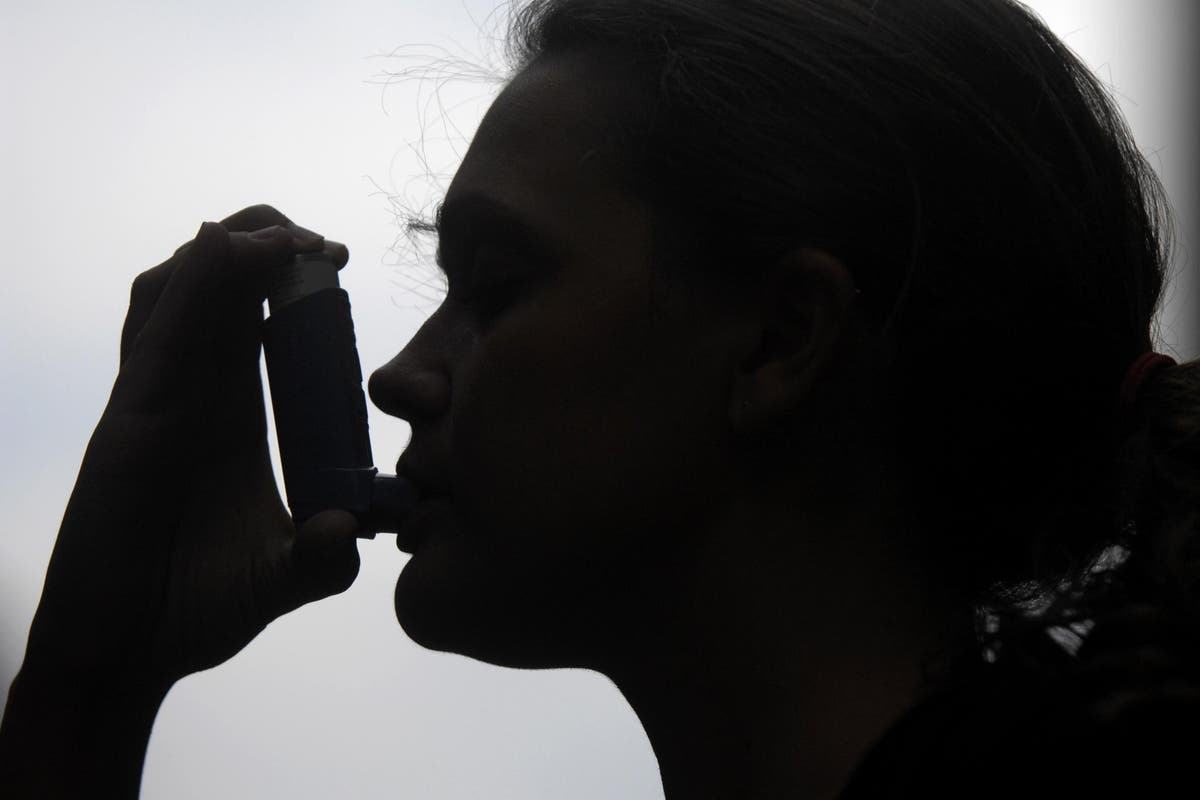Although smell has historically played an important role in the fight against diseases such as the plague and tuberculosis, the human nose is generally not sensitive enough to be used as a reliable diagnostic tool. However, a new artificial 'nose' inspired by our sense of smell could now make it possible to detect undiagnosed disease, hazardous gases, and food that is starting to spoil. And it is all made possible with technology that already exists.
Surrounded by antennas What do your mobile phone, computer and TV have in common? Antennas. We are literally surrounded by technology that communicates using antenna technology." Michael Cheffena, Professor, NTNU Cheffena is a professor of telecommunications at the Norwegian University of Science and Technology (NTNU) in Gjøvik and believes that this technology can be used for far more than just communication: "By giving the antennas sensor functions, the existing infrastructure can be used in new areas of application.
This has been one of the main motivations for investigating whether antennas can be used for these purposes," he added. The simplest solution is often the best Cheffena explained that previous attempts to create so-called 'electronic noses' have not had the advantage of having an existing infrastructure readily available. They have also been affected by a number of other challenges that antenna technology can potentially resolve.
"Other electronic noses can have several hundred sensors, often each coated with diff.


















